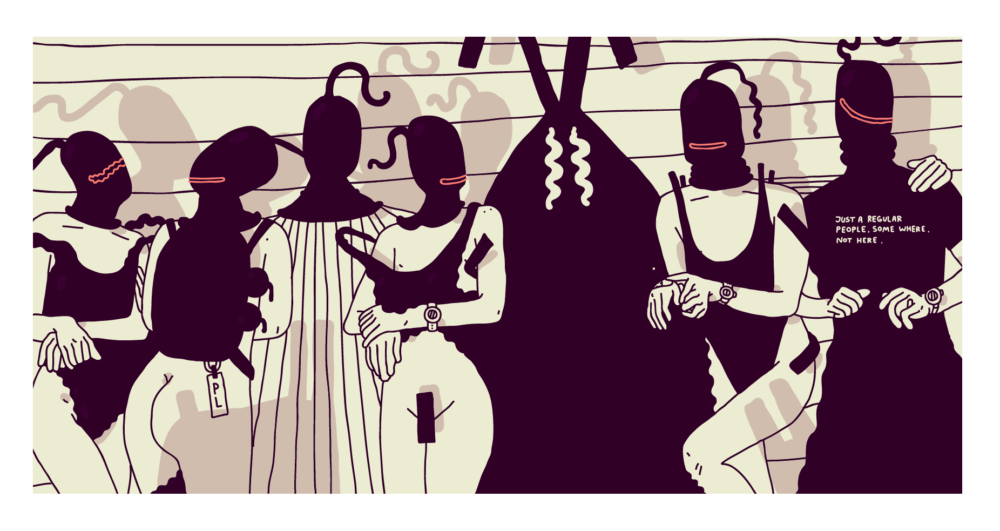NLP: How to Create Behavioral Flexibility
There are many people who are excellent therapists and lead seminars, but who don’t actually know how they do what they do. They’ll share their thoughts about their process, which can distract your attention from the client they’re working with. If you’re lucky, you might pick up on the cues they use at a subconscious level and be able to respond to the client systematically. But most people don’t manage to do this. There are many psychotherapists who work ineffectively. What you need to start doing is restructuring your own behavior so you can focus your attention on your client.
As professional communicators, I believe you should create a lot of sensory experiences by consciously practicing certain communication patterns for a while, so that they become unconscious and systematic in your behavior—like riding a bike or driving a car. You need to train yourself to be systematic in your behavior, which requires some time for conscious practice. That way, when you see visual access cues and hear visual predicates, you’ll automatically have a choice: to match them, mismatch them, or use any combination you can think of.
In other words, you need a solid, unconscious, systematic repertoire of patterns for every decision point you encounter in your work. These are the moments that repeat in your practice: How will I build rapport with this person? How will I respond when they don’t have the information to consciously and verbally answer my questions? How will I respond to incongruence? These are all decision points. Identify which decision points repeat in your work, and for each one, have at least half a dozen different responses—at least three—that are unconscious and systematic in your behavior. If you don’t have three ways to respond to things that happen in a therapeutic situation, then I think you’re operating without real choice. If you have only one way, you’re a robot. If you have two, you’ll be stuck in a dilemma.
You need a solid foundation from which to generate choices. One way to build this foundation is to examine the structure of your behavior and your activity in therapy. Identify the points that repeat, make sure you have multiple responses for each, and then forget about it. Add one more ingredient—a meta-rule that says: “If what you’re doing isn’t working, change it. Do something else.”
Since your conscious mind is limited, respect that and don’t try to say, “Okay, I’ll do everything that was covered in this seminar.” You can’t. What you can do is, during the first five minutes of every third session each day, start by saying, “Before we begin today, there are a couple of things I’d like to know about your general cognitive functioning. Can you tell me what color is at the top of a traffic light?” Ask questions that give you access to representational systems, and spend five minutes tuning in to the person’s responses, so you’ll know what’s happening later in the session under stress. Every Thursday, you might try matching predicates with your first client and mismatching with the second. This is a systematic way to discover what outcomes your behavior leads to. If you don’t organize it this way, it will remain random. If you do organize it, and allow yourself the freedom to limit yourself to specific patterns, notice the outcome, and then switch to new patterns, you’ll build an incredible repertoire of results at the unconscious level. This is the only way we know to systematically learn to become more flexible. There may be other ways, but this is the only one we know right now.



